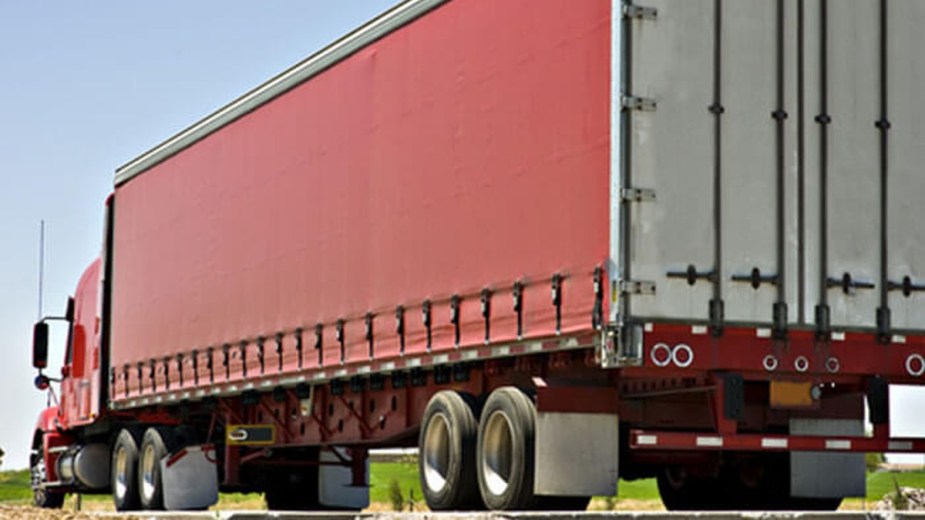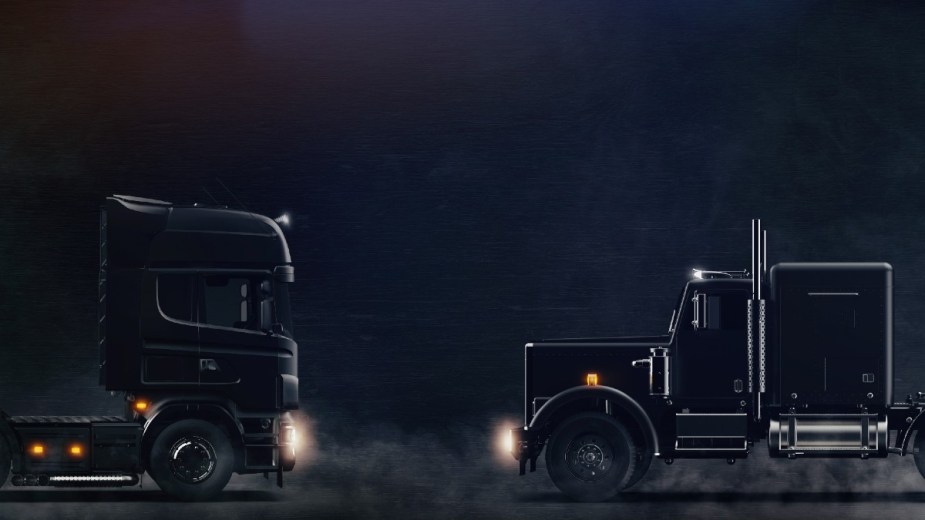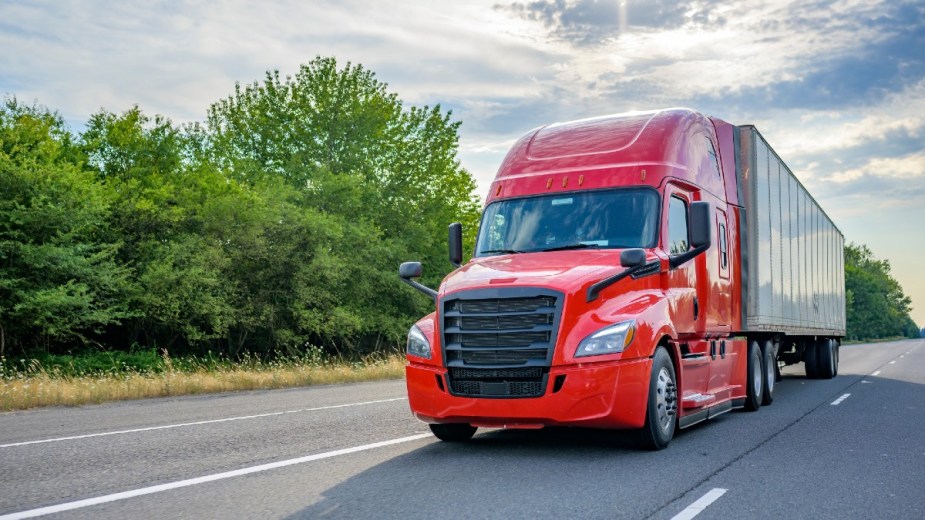
Why Is an 18-Wheeler Called a Semi-Truck?
We see semi-trucks every day, but do you know why these trucks are called semis? In fact, semi-truck is only one name for them. We also know them as 18-wheelers, big rigs, and tractor-trailers, but why do they have this name? Does a semi need to have the trailer part to be called a semi-truck? Let’s explore.
What makes a semi-truck?

These big trucks go by many names, but it’s the combination of the vehicle with the cab and the trailer that makes a semi-truck or tractor-trailer. In fact, you can’t have an 18-wheeler without the trailer. If you don’t have the trailer, there are only 10 wheels; thus, not an 18-wheeler.
Regardless of terminology, we know these big rigs by many names in America, but the most common of them is a semi-truck.
How does the trailer attach to the tractor part?
A trailer on a semi-truck is attached to the tractor part via a fifth wheel hitch. Many people think of a farming tractor when you mention the work tractor, but the term tractor-trailer is probably the most accurate description of what 18-wheelers are.
The tractor part has the engine, the cab, and the driving controls and it pulls the heavy load. This machine does work much like a farming tractor. The trailer is where all the goods that head to store shelves are located and it’s pulled along by the tractor.
The fifth wheel hitch of the tractor-trailer is similar to that of a fifth wheel used by pickup trucks to haul RVs and large trailers, but it’s a bit more advanced considering the large load carried in the trailer.
What is a semi-trailer?

The semi-trailer is simply the trailer that attaches to the truck part of a semi-truck. It’s called a semi-trailer because it does not have a front axle. This trailer requires a truck attached to its hitch to move, much like many other trailers.
Who invented the semi-truck?
According to Box Wheel, the inventor of the semi-truck was a Scottish-American designer and inventor named Alexander Winston. Winston was the founder of Winston Motor Carriage Company in 1897, located in Cleveland, Ohio.
As with many inventions, the semi-truck was born out of necessity. Winston wanted to deliver his custom cars to his customers without putting any miles on them. He designed a trailer that could carry the cars and be pulled by a truck. Before long, other automakers bought his semi-trailers to offer the same delivery service as Winston.
Is there a difference between European and North American 18-wheelers?

Most European big rigs use a cab over engine design. This is called cab forward. In North America, we see a more conventional truck with engines out in front of the cab. The European models allow for greater maneuverability, and more balanced weight distribution and offer the driver a better view of the road.
What do you call the semis you see on the road?

As you can see, there are many names for the big trucks that bring groceries, clothing, cars, building supplies, and other materials across the country. These trucks are the backbone of the transportation industry. Do you have a special name for them, or do you call them by one of the common names we covered?
Next, check out the two power levels of one diesel pickup truck, or learn why a pickup is not a semi-truck in the video below:



